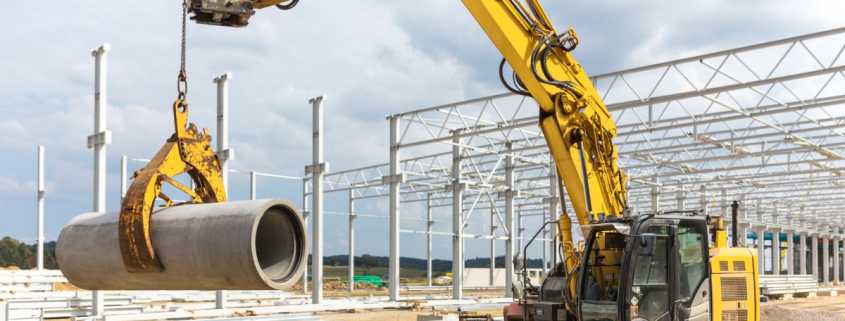4 Best Practices for Safely Using Concrete Pipe Lifters
As more infrastructure developments occur, safe handling practices are becoming more and more essential to protect the workers who build the world around us. This guide will reveal key strategies and best practices for safely using concrete pipe lifters, helping both seasoned operators and novices navigate the complexities of this machinery.
Inspect Machinery Before Use
It’s crucial to ensure that every piece of equipment is in optimal condition before any operation begins. Start by conducting a thorough visual inspection of the concrete pipe lifter for any signs of wear or damage that could compromise safety. Check all mechanical parts, such as connectors, lifts, and clamps, and verify that each component is functioning correctly.
Confirm that all safety features, like emergency stop buttons and warning signals, are operational. Additionally, maintain detailed records of inspections and any maintenance performed, ensuring that a clear history is readily available should any issues arise.
Check and Adhere to Weight Limits
Adhering to weight limits is not just a guideline—it’s a necessity for preventing accidents and ensuring the longevity of your equipment. Each concrete pipe lifter comes with weight limits, which you must strictly follow to avoid strains and equipment failure.
Always cross-check the weight of the materials you’re handling against the manufacturer’s defined limits before operation. Overloading can lead to dangerous situations, potentially causing structural damage to the machinery or even fatal accidents.
Ensure the Area Is Completely Clear
Safety should always be the top priority on any construction site, and one critical step in maintaining it is clearing the area around the concrete pipe lifter before operation. Make sure to remove all unnecessary personnel and obstacles from the vicinity to reduce the risk of accidents.
Survey the space for any tools, debris, or materials that could impede movement or create hurdles or hazards. Communication is vital—brief your team about the lifting process and establish clear signals or cues to coordinate actions efficiently. Keeping the area clear protects workers and allows the machinery to perform optimally without hindrances and unnecessary accidents.
Slowly Lift and Turn
Approaching the task of lifting and turning concrete pipes with care and precision is a top best practice if you want to safely use concrete pipe lifters on your construction site. Begin by positioning the lifter correctly, ensuring it’s aligned with the pipe to avoid tilts or movements.
Once everything is in place, initiate the lift gradually, maintaining a steady pace to keep the load under control. Pay close attention to the balance and distribution of weight as you proceed, as this plays a critical role in the stability of the operation. When turning the pipes, do so methodically, watching for any signs of strain or imbalance.
Safety is not an occasional consideration but a continual commitment, and at Kenco, we design all of our pipe lifters with your crew’s safety in mind. Easily lift, maneuver, and repeat for simpler, smoother, and safer projects.




Leave a Reply
Want to join the discussion?Feel free to contribute!